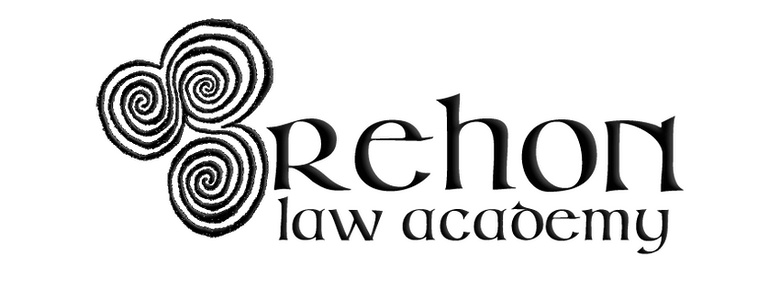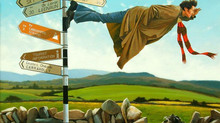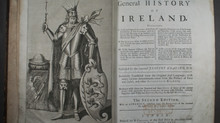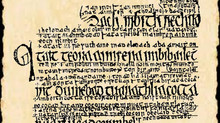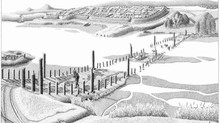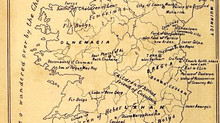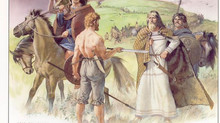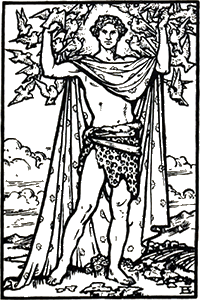Irish Mythology: Na Fianna - An Elite Warrior Guild
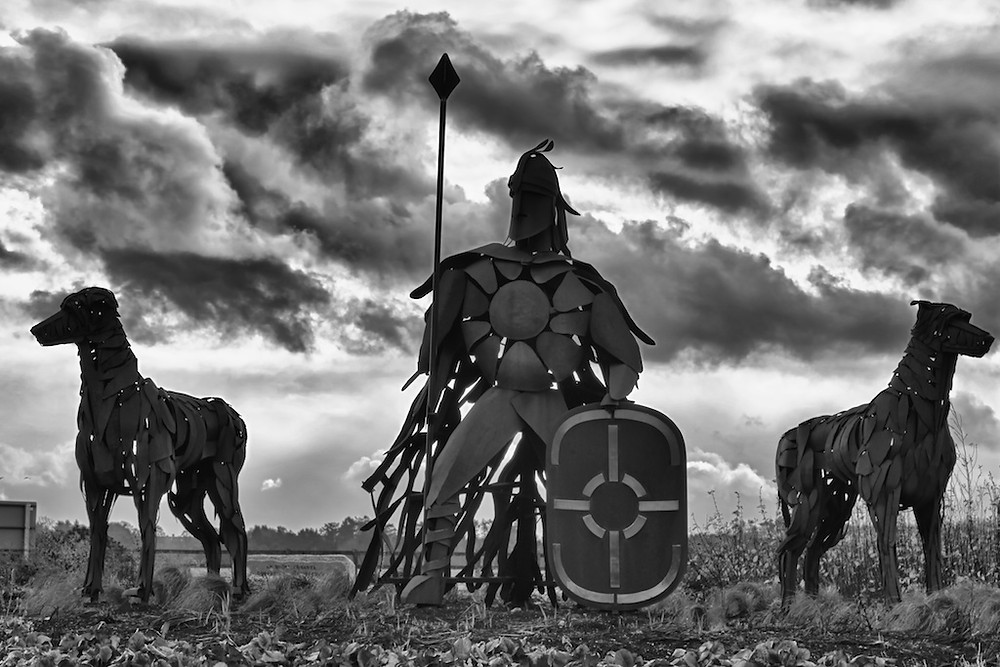

The Fianna was made up of many battalions called cathas, each with 3,000 warriors. In peaceful times, the main body of the Fianna was made up on three cathas, or about 9,000 fighting men, while in times of war this could expand to seven cathas, or 21,000 trained, agile, and toughened noble warriors.
The Fianna were more than just a gang of good fighters. Members were also required to be of the highest intellectual caliber, skilled in poetry, music, geneologies, and the histories of the lands and their peoples. The Fianna was at once a warriors’ training academy and a heroes’ guild. At the core of this great crowd sat Fionn as the central sun with his selected comrades orbitting closest to him.
The Fianna stood as protectors of the established Gaelic order. They supported the high-king and upheld the values and ethics of their warrior-code, protecting the people and defending the land as and when occassion, or principle, demands it. Surely a mighty force, one that king’s sought to keep in their own favour – paying tributes and respect to the Fianna through transfers of great wealth and land to the order.
The tough trials and tests one had to undergo made sure only the best men of Ireland made their ranks.
The path to becoming a member of the Fianna was one of transformative initiation, and the decision to join was not one too be taken lightly. For once you became a member of the Fianna you were a member for life. A ceremony of both legal and symbolic significance occurs once a man has passed the trials of initiation and is ready to take his final steps in joining the guild — it meant stepping away from his family as his primary legal and social support unit and turning instead to his new clan, the Fianna.
He had to undergo a process of divorcing himself from his family and tribe, leaving behind the life of the settled man of the túath and taking up the mantel of warrior he becomes a écland, or a ‘kinless man’. This is something that his clan would need to seriously consider and ultimately accept – since in legal terms it meant they would forgoe their right to compensation in the event of the would-be Fian’s injury, and it would also have an effect on his inheritance and that of his heirs.
Upon joining the Fianna, his comrades become “his [new] moral heirs and executors, who would seek and get the satisfaction due if he were wounded or killed by any eans that violate the code of honour and justice.”
In a sense, joining the Fianna would be like joining the priesthood centuries later, or taking up the ascetic life as some men do in the later years of their life in places like India and Thailand. It signified a complete transformation of the initiate from lowly man to noble warrior.
In fact, if we want to get a colourful yet vague picture of this warrior guild, how they were organised, and how strictly they adhered to their warrior codes of honour, we should look no further than the Samurai of medieval Japan, particularly prior to the Shōgunate era. Samurai warriors sought to embody Bushidō, a code of warrior’ principles that place courage, compassion, loyalty, and honour as the highest virtues.
The first requirement for joining the Fianna was one that tested a man’s intellect.
Before physical prowess and strength, Fianna hopefulls had to know the twelve books of poetry – which recorded the histories, geneologies, and legends of Ireland.
Once this basic elementary requirement was fulfilled, a candidate could move on to the physical challenges.
First, whilst stood in a knee deep trench dug into the ground and armed only with a shield and a staff of hazel wood, the candidate must avoid being hit by the spears of nine warriors being cast at him simultaneously from a distance of nine ridgesaway.
Next, his sprinting is tested — given the headstart of one tree he must evade a team of pursuers through a think forest and escape unharmed; during the chase, he must be so agile that not a single braid of his hair comes loose by hanging branches, and so lightfooted that he breaks no withered branches underfoot.
Then his jumping and ducking is tested —he must bound over the branches of trees that are the same height as his head from the ground, and stoop under branches as low as his knee without leaving a trembling branch behind him.
Following this, while running at full speed, he must remove a thorn from his foot without slowing his pace.
Finally, he must singlehandedly face a great number of men and have no trembling of his weapon.
Once he has successfully passed all tests and received the assent of his family he accepts the Four geasa of Fenian Chivalry:
He shall marry his wife without portion — choosing her for her manners and her virtues.
He shall be gentle with all women.
He shall never reserve to himself anything which another person stands in need of.
He shall stand and fight against all odds, as far as nine to one.
_____________________________________________
Learn all about Ireland’s Four-Cycles of Mythology in the Brehon Law Academy’s online course “Irish Mythology” http://bit.ly/irishmythcourse
Get access here for only 14.99 (50%) thru February 2020. Purchase now and get lifetime access.
_____________________________________________
#mythology #irishmythology #nafianna #fionnmaccool #OnlineCourse
